The world of pet turtles extends far beyond the common red-eared slider that many of us encountered in pet shops growing up. For reptile enthusiasts seeking something truly special, there exists a fascinating array of exotic turtle species that can bring unique beauty, behaviors, and characteristics into your home. These remarkable creatures, with their distinctive patterns, unusual physical features, and intriguing behaviors, offer experienced keepers an opportunity to create specialized habitats that mirror their natural environments. Before embarking on the journey of exotic turtle ownership, it’s crucial to understand that these species often require more specific care, specialized diets, and particular environmental conditions than their more common counterparts. This article explores some of the most striking and unusual turtle species that, with proper research and preparation, can make rewarding companions for dedicated reptile enthusiasts.
African Sideneck Turtle (Pelusios spp.)
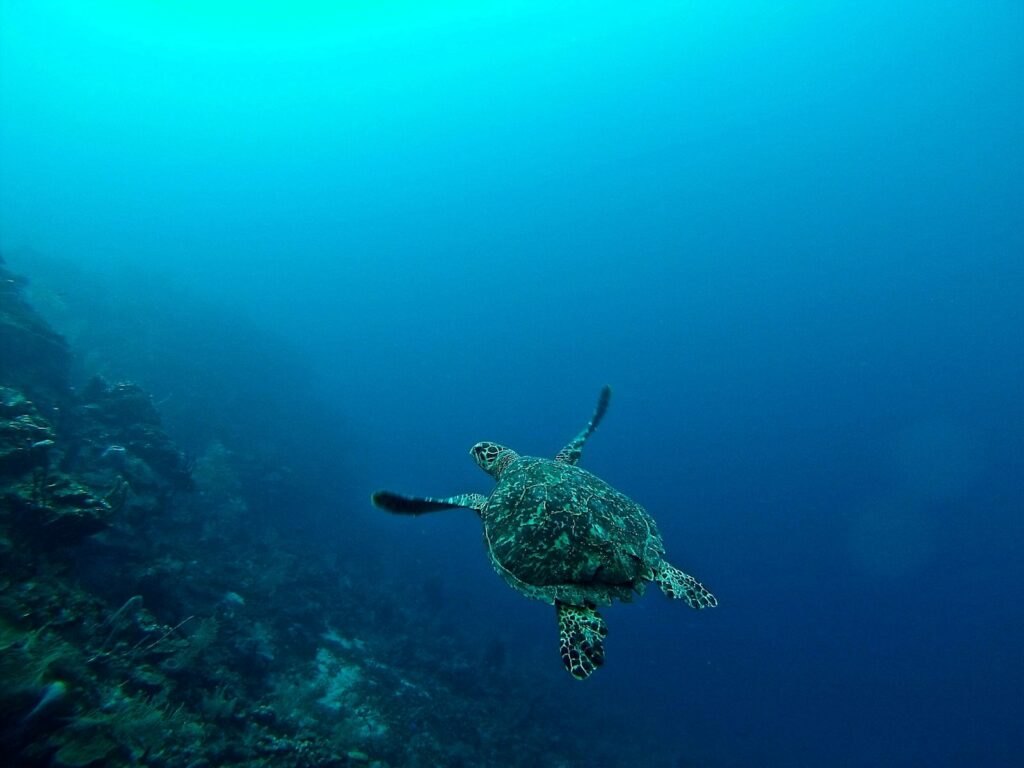
The African Sideneck turtle earns its name from an inability to fully retract its head into its shell, instead tucking it sideways under the edge of its carapace—creating the distinctive “sideneck” appearance that makes these turtles immediately recognizable. Native to various freshwater habitats across sub-Saharan Africa, these medium-sized turtles typically grow to 7-12 inches and sport dark olive to black carapaces with slightly lighter plastrons. Their personalities often surprise new keepers, as they tend to be more active and curious than many other turtle species, sometimes even recognizing their caretakers over time. While relatively hardy for an exotic species, they still require proper heating (78-82°F water temperature), UVB lighting, and a varied diet consisting of commercial turtle pellets supplemented with insects, small fish, and aquatic plants.
Pink-Bellied Sideneck Turtle (Emydura subglobosa)
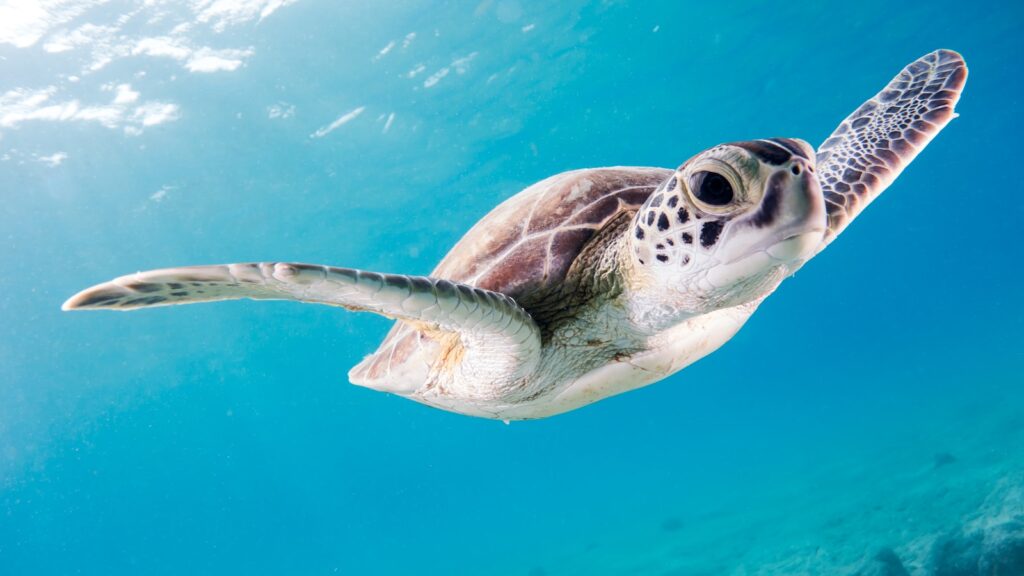
Among the most visually striking exotic turtles available in the pet trade, the Pink-Bellied Sideneck turtle showcases a dramatic contrast between its dark gray to black carapace and the vibrant pink or red coloration on its plastron and the underside of its shell margins. Native to New Guinea and northern Australia, these aquatic turtles belong to the sideneck family but stand out for their particularly vivid coloration that develops as they mature. Most specimens reach a manageable adult size of 8-10 inches, making them suitable for dedicated hobbyists with appropriately sized aquariums or indoor ponds. These active swimmers require strong filtration systems to maintain water quality, as they can be particularly messy eaters when consuming their diet of commercial pellets, insects, small fish, and various plant matter. While their striking appearance makes them highly sought after, potential owners should note that they can live for 30+ years with proper care, representing a serious long-term commitment.
Russian Tortoise (Testudo horsfieldii)

Though technically a tortoise rather than a turtle, the Russian tortoise deserves mention as one of the most distinctive and manageable exotic chelonians available to pet keepers. Native to central Asia, including parts of Russia, Iran, China, and Pakistan, these small tortoises typically reach only 5-8 inches in length, making them ideal for keepers with limited space. Their distinctive olive-brown carapace features dark borders around each scute, creating an attractive pattern that complements their stocky build and characteristically flattened shell shape. Unlike aquatic turtles, Russian tortoises are terrestrial herbivores that thrive on a diet rich in fibrous greens, weeds, flowers, and grasses—commercial tortoise foods can supplement but should never replace this natural diet. Their relatively simple care requirements (compared to other exotic species) include a dry habitat with opportunities for burrowing, a temperature gradient from 75°F to 95°F with a basking spot, and access to UVB lighting for proper calcium metabolism.
Mata Mata Turtle (Chelus fimbriata)
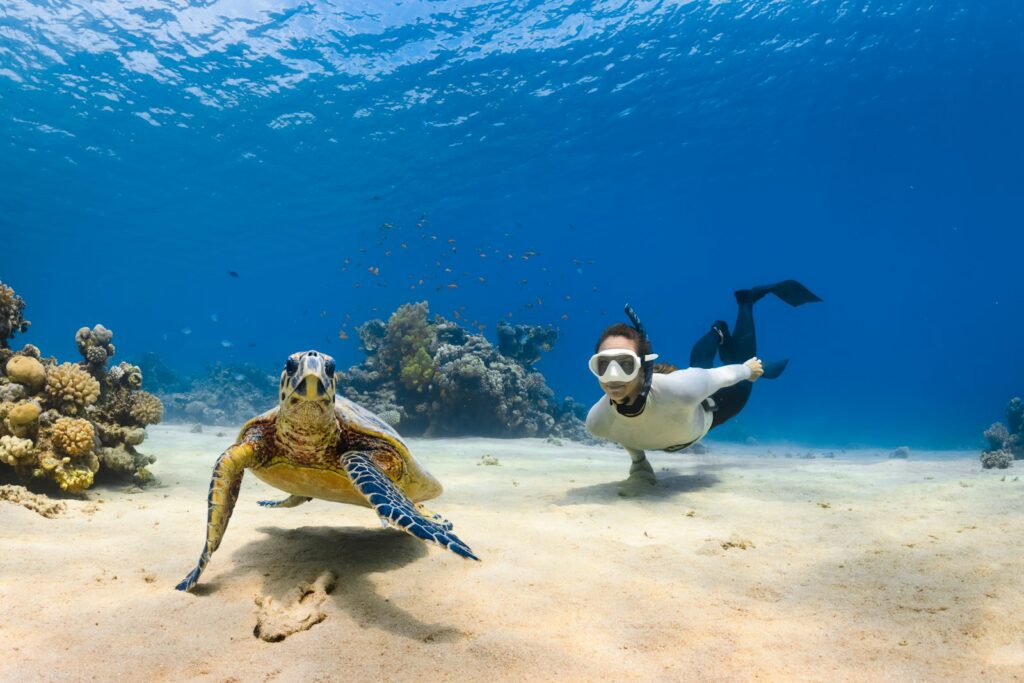
Perhaps the most visually extraordinary turtle available in the specialty pet trade, the Mata Mata resembles something from prehistoric times with its flat, triangular head, elongated neck, and highly textured shell that mimics forest floor debris. Native to the Amazon and Orinoco basins in South America, these remarkable ambush predators can grow quite large, with adults typically reaching 15-18 inches in shell length. Their unusual appearance serves a practical purpose in the wild—the textured, bark-like shell and skin projections create perfect camouflage as they lie motionless on river bottoms waiting for prey. In captivity, Mata Matas require spacious aquatic setups (at least 125 gallons for adults) with excellent filtration, shallow areas for resting, and deeper sections for swimming. These specialized feeders use a vacuum-like technique to capture prey, requiring owners to provide live fish and aquatic invertebrates to stimulate natural feeding behaviors—a factor that makes them suitable only for the most dedicated exotic turtle enthusiasts.
Indian Star Tortoise (Geochelone elegans)
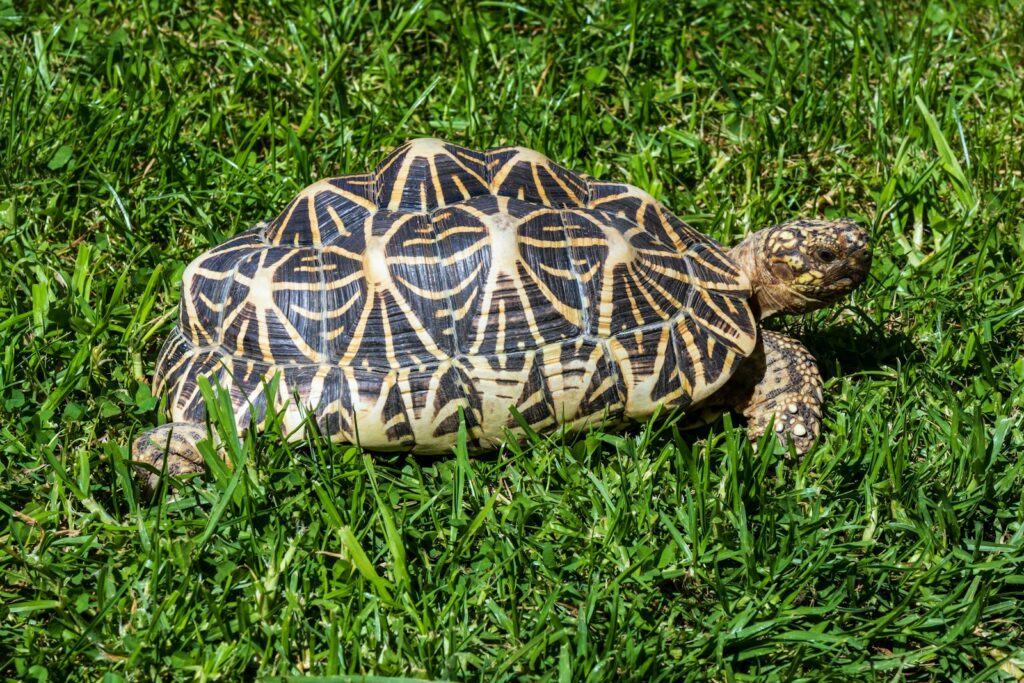
The Indian Star Tortoise has earned its place among the most visually stunning chelonians in the world thanks to the distinctive radiating star patterns that adorn each scute of its highly domed carapace. Native to dry regions of India, Pakistan, and Sri Lanka, these medium-sized tortoises typically reach 7-12 inches and display dramatic geometric patterns that function as natural camouflage in their grassland habitats. Unlike many exotic turtle species, Indian Star Tortoises are primarily herbivorous, requiring a diet rich in high-fiber, low-protein plant matter including grasses, weeds, flowers, and leafy greens. These tortoises require specialized care including access to UV lighting, temperature gradients between 75-90°F, low humidity environments with occasional misting, and substrates that allow for natural digging behaviors. Potential keepers should be aware that Indian Stars are protected by CITES Appendix I regulations in most of their range, making it essential to purchase only captive-bred specimens with proper documentation to ensure legal ownership.
Roti Island Snake-necked Turtle (Chelodina mccordi)

The Roti Island Snake-necked Turtle represents one of the most specialized and rare exotic species occasionally available to experienced keepers. True to their name, these remarkable turtles possess extraordinarily long, thin necks that can exceed the length of their shells—an adaptation that allows them to strike quickly at prey in their native Indonesian habitats. Their carapaces typically reach 7-9 inches in length and display colors ranging from light brown to reddish-brown, often with intricate patterns that develop as they mature. In captivity, these specialized aquatic turtles require pristine water conditions with powerful filtration, moderate water depth, and basking areas that allow them to completely dry their shells to prevent fungal infections. Their diet consists primarily of aquatic invertebrates, small fish, and occasional plant matter, making them somewhat challenging to maintain on commercial diets alone. Conservation-conscious keepers should note that this species is critically endangered in the wild, with legitimate captive breeding programs representing an important aspect of their preservation—always verify that specimens are legally bred in captivity before purchasing.
Reeve’s Turtle (Mauremys reevesii)
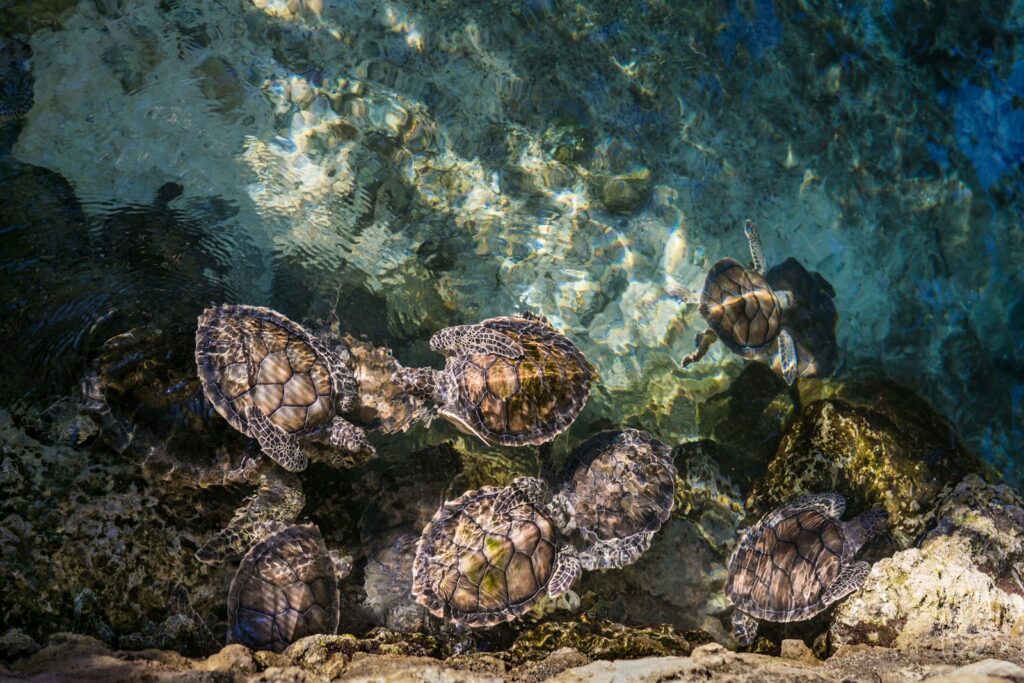
The Reeve’s Turtle offers exotic turtle enthusiasts a relatively manageable species with distinctive appearance and behaviors different from common pet store varieties. Native to East Asia, including parts of China, Japan, and Korea, these semi-aquatic turtles display three prominent keels running lengthwise along their carapace—a feature that makes them immediately distinguishable from other common pet turtles. Adults typically reach a moderate size of 6-9 inches, making them suitable for reasonably sized aquatic setups with both swimming areas and basking platforms. Their omnivorous diet consists of commercial turtle pellets supplemented with insects, small fish, vegetables, and aquatic plants, allowing for relatively straightforward feeding routines. Reeve’s Turtles tend to be more cold-tolerant than many tropical species, making them suitable for outdoor ponds in temperate climates during warmer months, though they still require heated indoor accommodations during cold winters in most regions.
Diamondback Terrapin (Malaclemys terrapin)
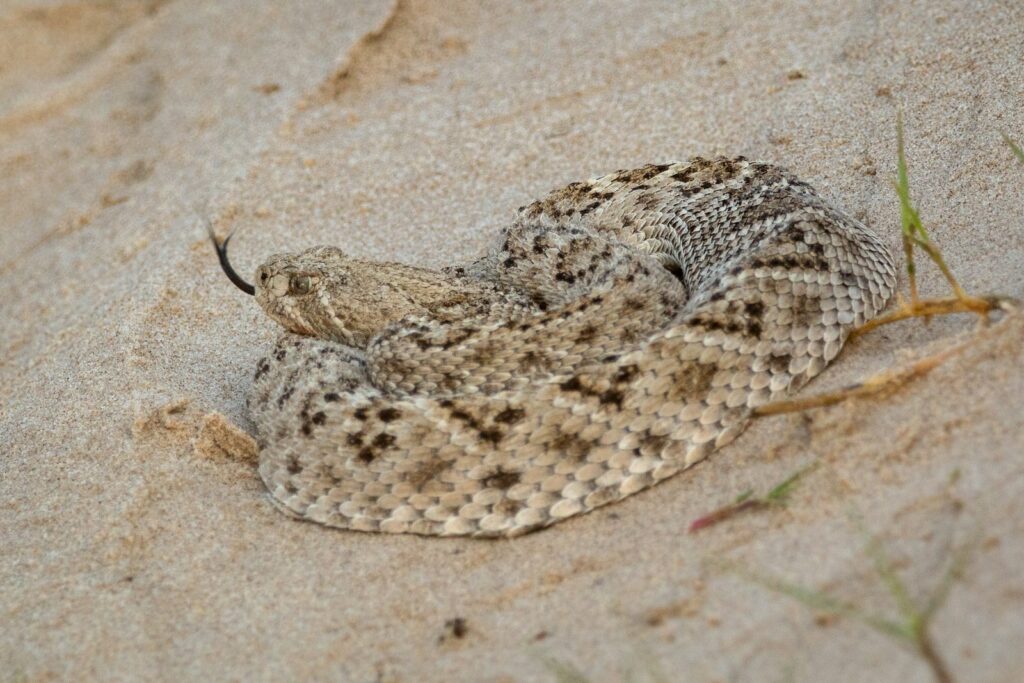
Uniquely adapted to live in brackish water environments where rivers meet the sea, the Diamondback Terrapin represents one of the most distinctive North American native turtles occasionally kept by advanced enthusiasts. Their most striking feature is the beautiful diamond pattern adorning their carapace, set against backgrounds ranging from light gray to nearly black depending on the subspecies and individual. Female Diamondbacks can reach 7-9 inches while males stay considerably smaller at 4-5 inches, creating interesting sexual dimorphism rarely seen so dramatically in other turtle species. These specialized reptiles require unique captive setups that mimic their natural brackish habitats—typically achieved by adding marine salt mix to their water at specific concentrations (approximately 1.005-1.010 specific gravity). Their diet in captivity should reflect their natural preferences for crustaceans and mollusks, with commercial turtle foods supplemented by shrimp, crab pieces, snails, and small amounts of leafy greens.
Malaysian Box Turtle (Cuora amboinensis)
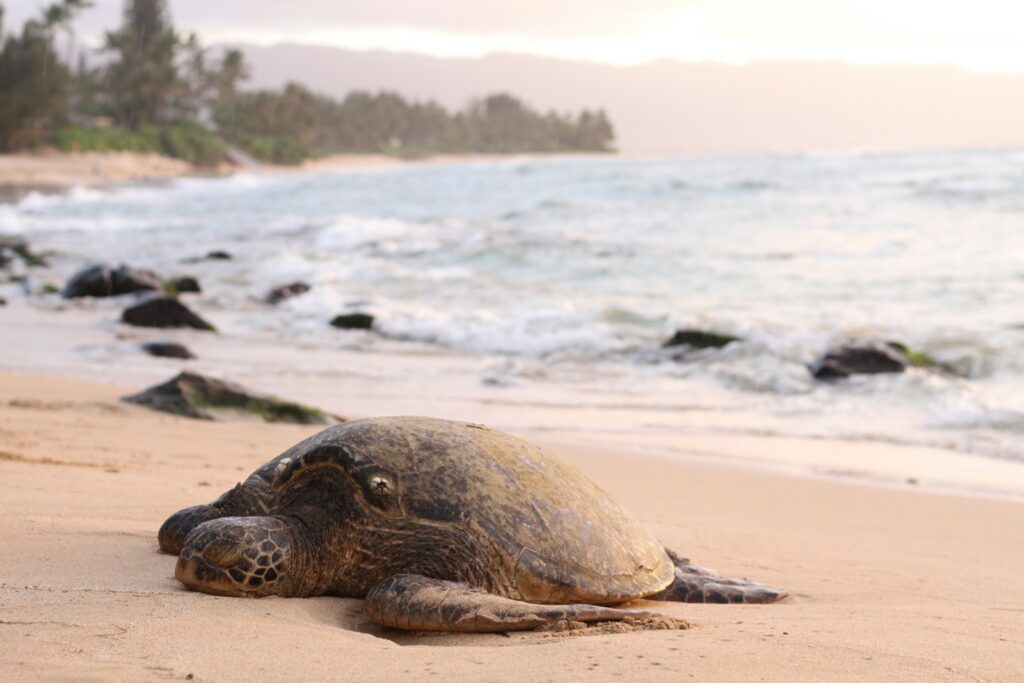
The Malaysian Box Turtle charms exotic pet enthusiasts with its distinctive appearance and interesting behaviors not commonly seen in typical pet store turtles. Native to Southeast Asia, these semi-aquatic turtles possess a hinged plastron that allows them to completely close their shell for protection—a feature that gives true box turtles their name. Their attractive appearance includes a dark brown to black carapace contrasted with three prominent keels and a plastron that displays beautiful yellow to cream coloration with striking dark markings along the seams. Unlike many aquatic turtles, Malaysian Box Turtles spend significant time exploring land areas, requiring enclosures with roughly equal water and terrestrial sections to accommodate their natural behaviors. Their omnivorous diet includes commercial turtle pellets, earthworms, snails, insects, fish, and various fruits and vegetables, providing opportunities for dietary enrichment. Potential keepers should be aware that these turtles can live 50+ years with proper care, representing one of the longest commitments among exotic pet turtles.
Wood Turtle (Glyptemys insculpta)
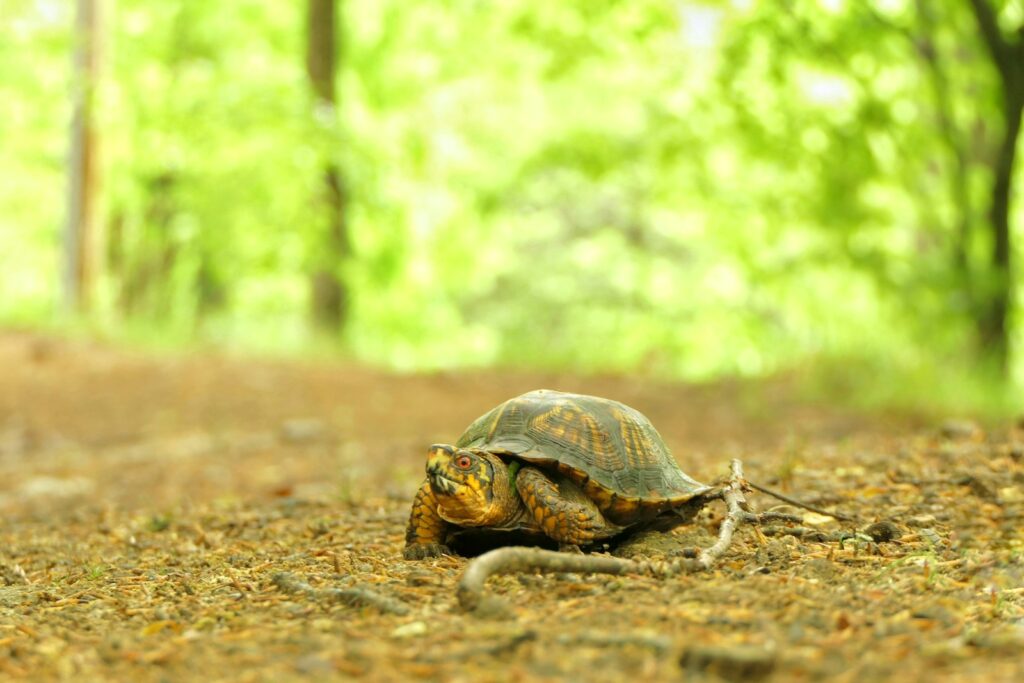
The Wood Turtle stands out among exotic pet turtles for its extraordinary intelligence, with studies suggesting problem-solving abilities comparable to rats and some research indicating they can even recognize individual human caretakers. Native to northeastern North America, these semi-terrestrial turtles feature a distinctively sculpted carapace where each scute appears to be carved with concentric growth rings and radiating ridges, resembling wooden carpentry work—hence their common name. Wood Turtles typically reach a manageable size of 5-8 inches and require specialized enclosures that provide both shallow water areas and extensive terrestrial sections with various microhabitats for exploration. Their omnivorous diet in captivity should include earthworms, slugs, berries, mushrooms, leafy greens, and occasional commercial turtle foods to mimic their diverse natural feeding behaviors. Potential keepers should note that Wood Turtles are protected in many states and provinces within their native range, requiring potential owners to research local regulations and obtain only legally captive-bred specimens.
African Helmeted Turtle (Pelomedusa subrufa)
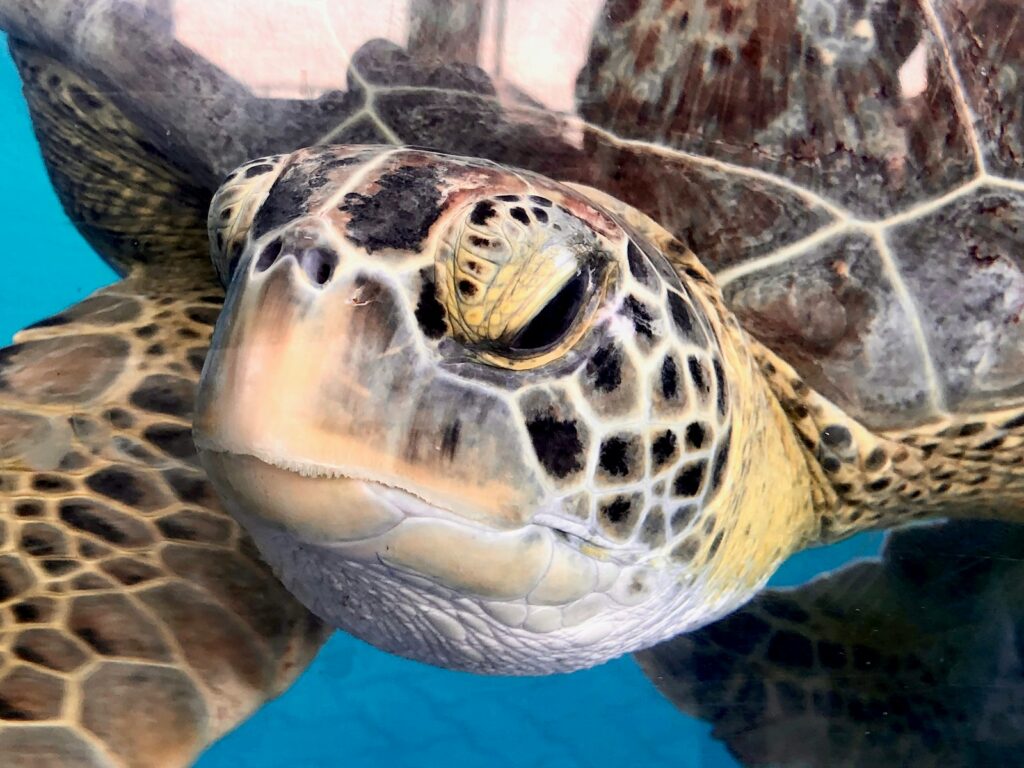
The African Helmeted Turtle offers exotic turtle enthusiasts a uniquely hardy and adaptable species with distinctive appearance and behaviors. Native to a vast range across sub-Saharan Africa, these remarkable turtles have evolved to survive in ephemeral water bodies by estivating (entering a dormant state) in dried mud during drought conditions—an adaptation that makes them surprisingly resilient in captivity. Their name derives from the somewhat flattened appearance of their olive-brown to grayish carapace, which resembles a helmet and lacks the high dome shape of many other turtles. These medium-sized aquatic turtles typically grow to 6-8 inches and display interesting behaviors including surprisingly agile swimming and occasionally aggressive feeding responses that reveal their predatory nature. In captivity, they thrive on a varied diet including commercial turtle pellets, insects, small fish, and occasional plant matter, requiring standard turtle care including UVB lighting, appropriate water temperatures (75-80°F), and adequate filtration to maintain water quality.
Ethical Considerations and Legal Requirements
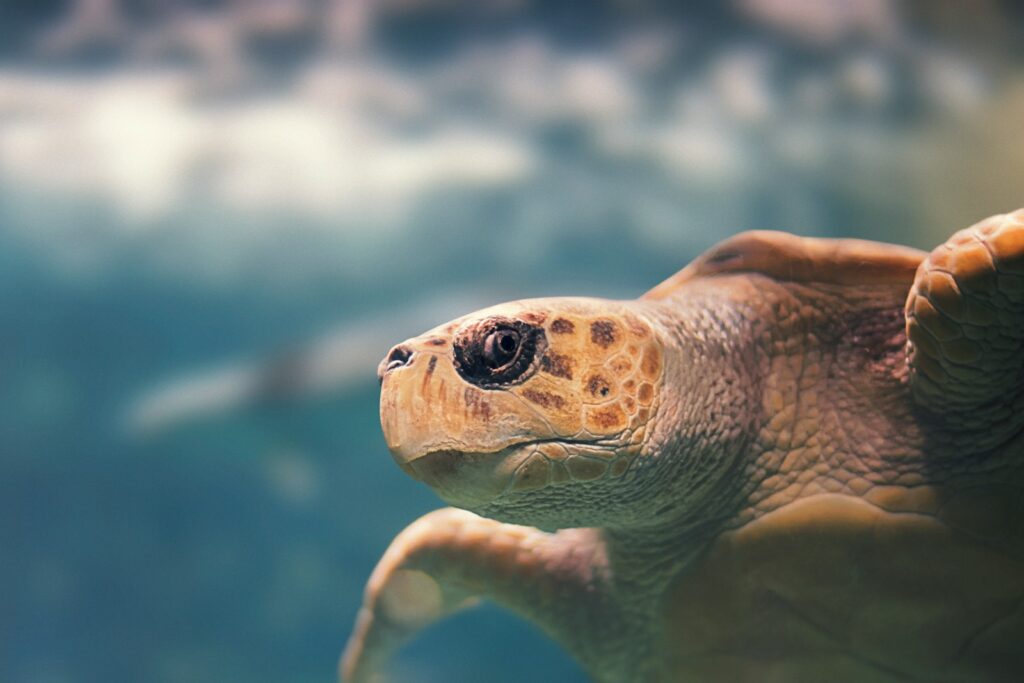
Prospective exotic turtle keepers must navigate significant ethical and legal considerations before acquiring any unusual species. Many exotic turtles face population pressures in their native habitats due to habitat destruction, pollution, and illegal collection for the pet trade—making it essential to purchase only from reputable breeders who can provide documentation proving captive-bred origins. Additionally, various international treaties like CITES (Convention on International Trade in Endangered Species) and local laws strictly regulate which species can be legally kept as pets, with violations potentially resulting in substantial fines and confiscation of animals. Some jurisdictions implement size restrictions (for example, the U.S. FDA’s 4-inch carapace length requirement for selling turtles) or outright bans on certain species to prevent ecological damage from released pets or reduce salmonella transmission risks. Responsible exotic turtle ownership includes researching not just care requirements but also staying informed about the conservation status of your desired species and understanding all applicable regulations in your area before acquiring any animal.
Specialized Care Requirements for Exotic Species
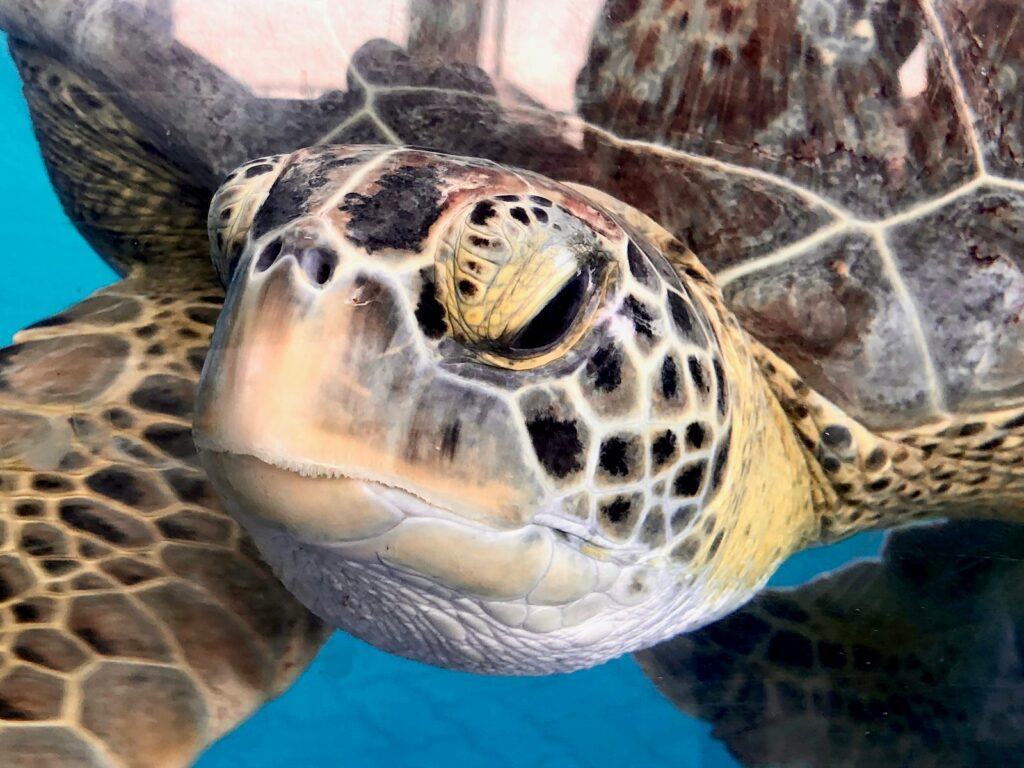
Exotic turtle species typically demand significantly more specialized care than common pet turtles, requiring prospective owners to invest in appropriate equipment and develop specific husbandry skills. Water quality management becomes particularly critical for rare aquatic species, often necessitating oversized filtration systems, regular partial water changes, and consistent water chemistry monitoring to prevent health issues. Many exotic species have evolved in specific microhabitats with particular temperature ranges, humidity levels, and lighting requirements that must be meticulously recreated in captivity—often requiring multiple thermometers, hygrometers, and specialized UVB lighting fixtures properly positioned at correct distances. Dietary requirements frequently present challenges as well, with some specialists requiring live foods, seasonal variation in offerings, or specific nutritional supplements to prevent deficiencies not commonly seen in hardier species. Before acquiring any exotic turtle, prospective keepers should thoroughly research species-specific care requirements, connect with experienced keepers through reptile societies or online forums, and ideally visit successful collections to observe proper husbandry techniques firsthand.
Conclusion
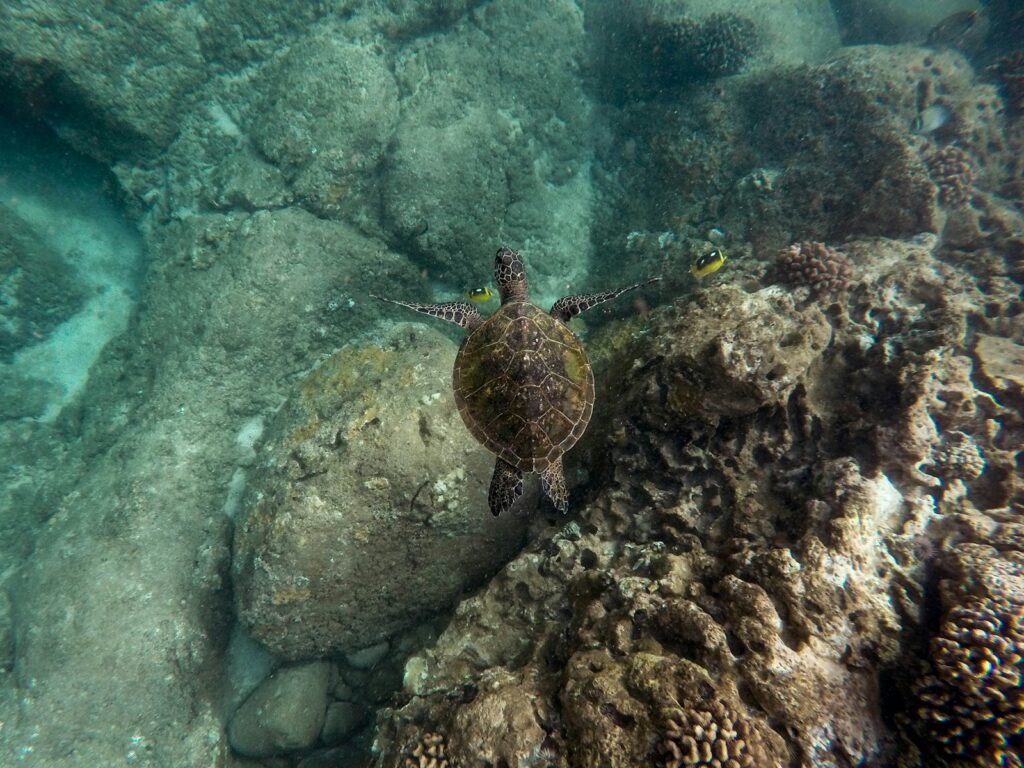
Bringing an exotic turtle species into your home represents both a privilege and a responsibility that extends beyond the typical pet ownership experience. These remarkable creatures, with their distinctive appearances and fascinating behaviors, offer dedicated enthusiasts a chance to develop specialized knowledge and create miniature ecosystems that reflect some of nature’s most impressive adaptations. By selecting species appropriate for your experience level, ensuring legal acquisition from ethical sources, and committing to providing optimal care throughout your pet’s potentially lengthy lifespan, you can enjoy the rewards of exotic turtle keeping while contributing positively to responsible reptile husbandry. Remember that proper research before purchase, connection with experienced mentors, and ongoing education about advances in chelonian care represent the foundation of successful exotic turtle ownership.

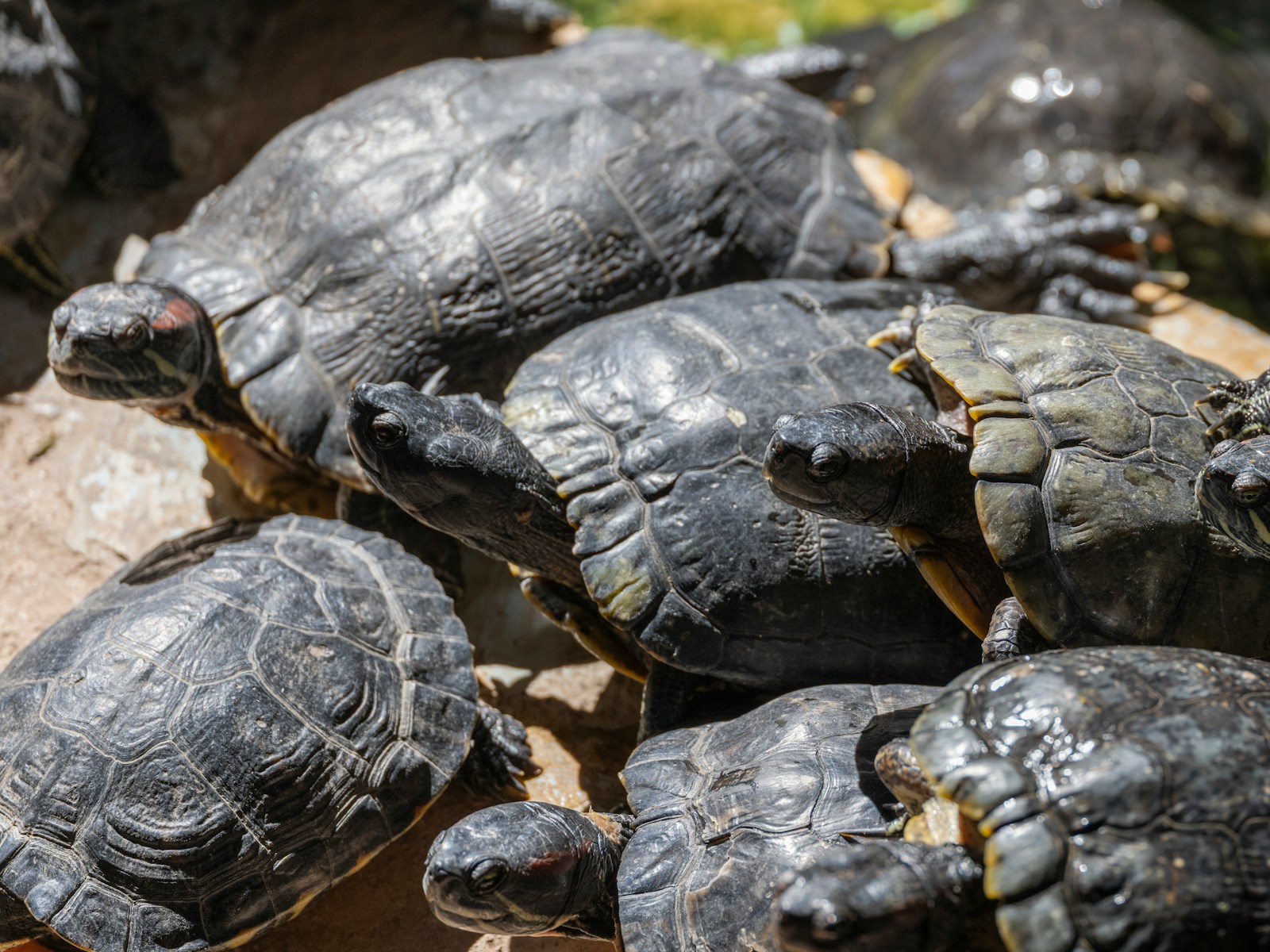


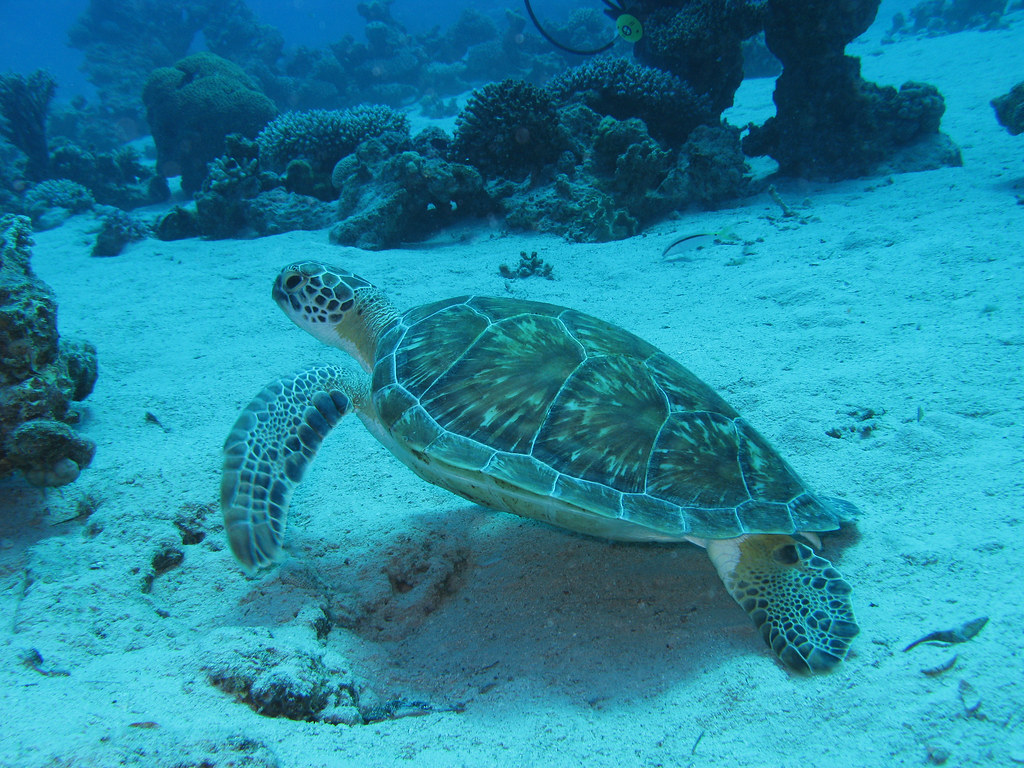
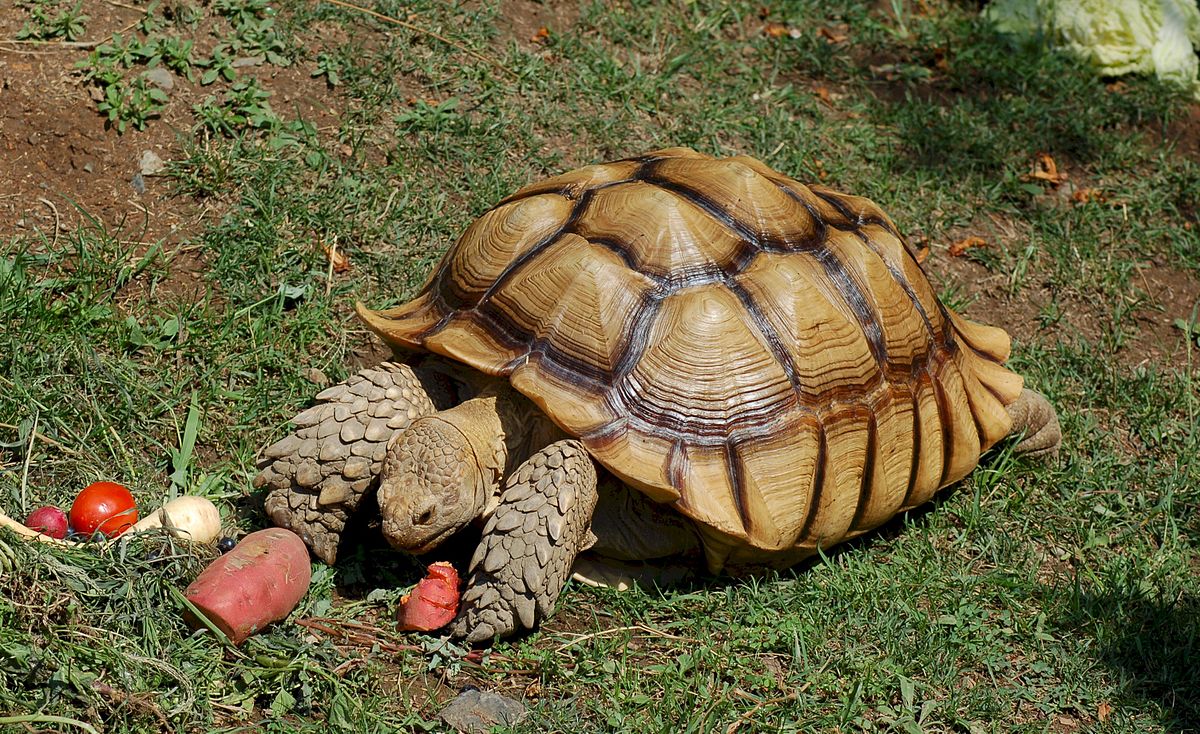
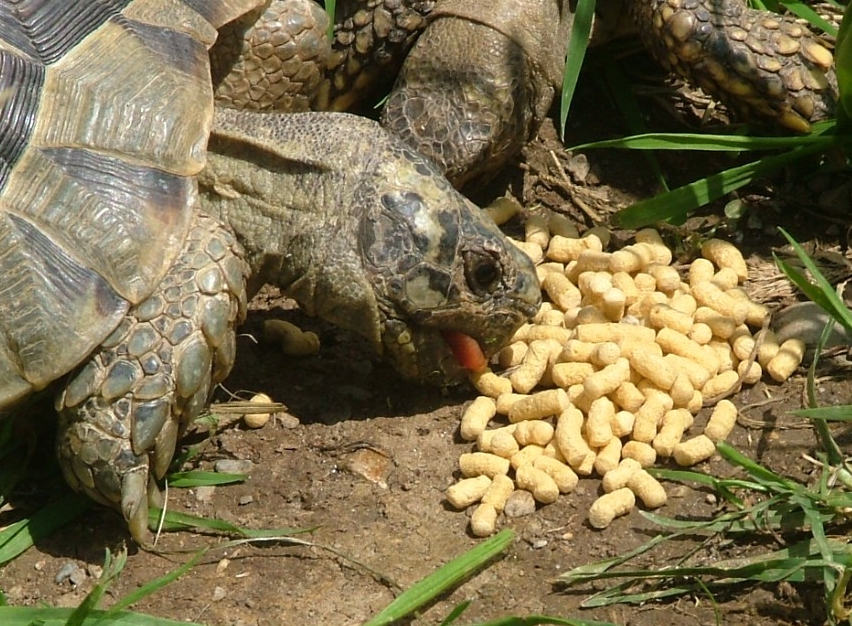
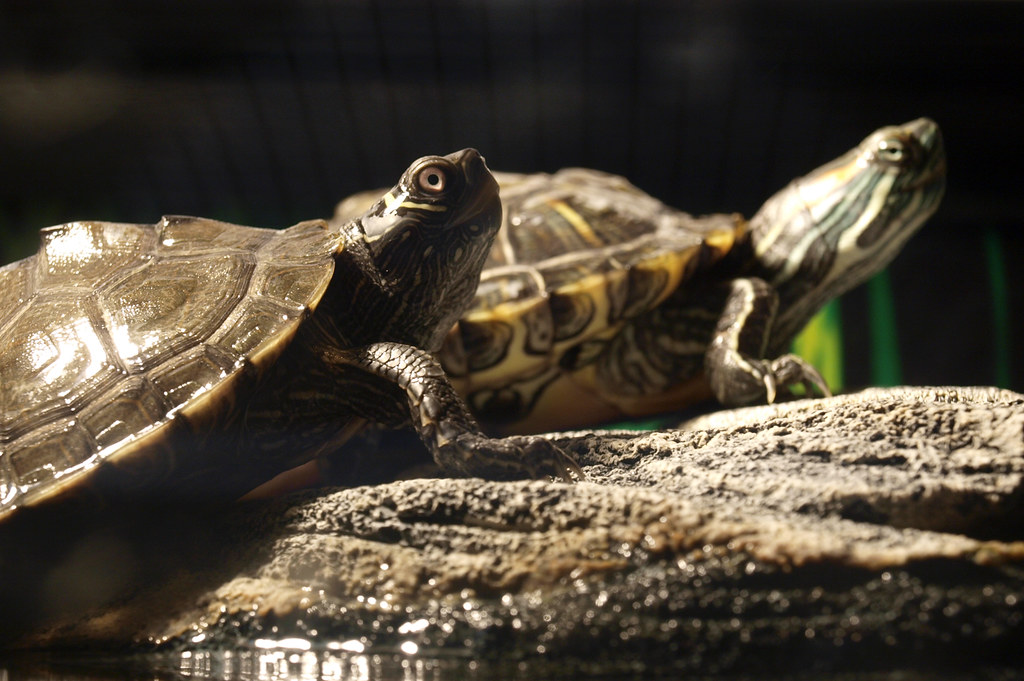

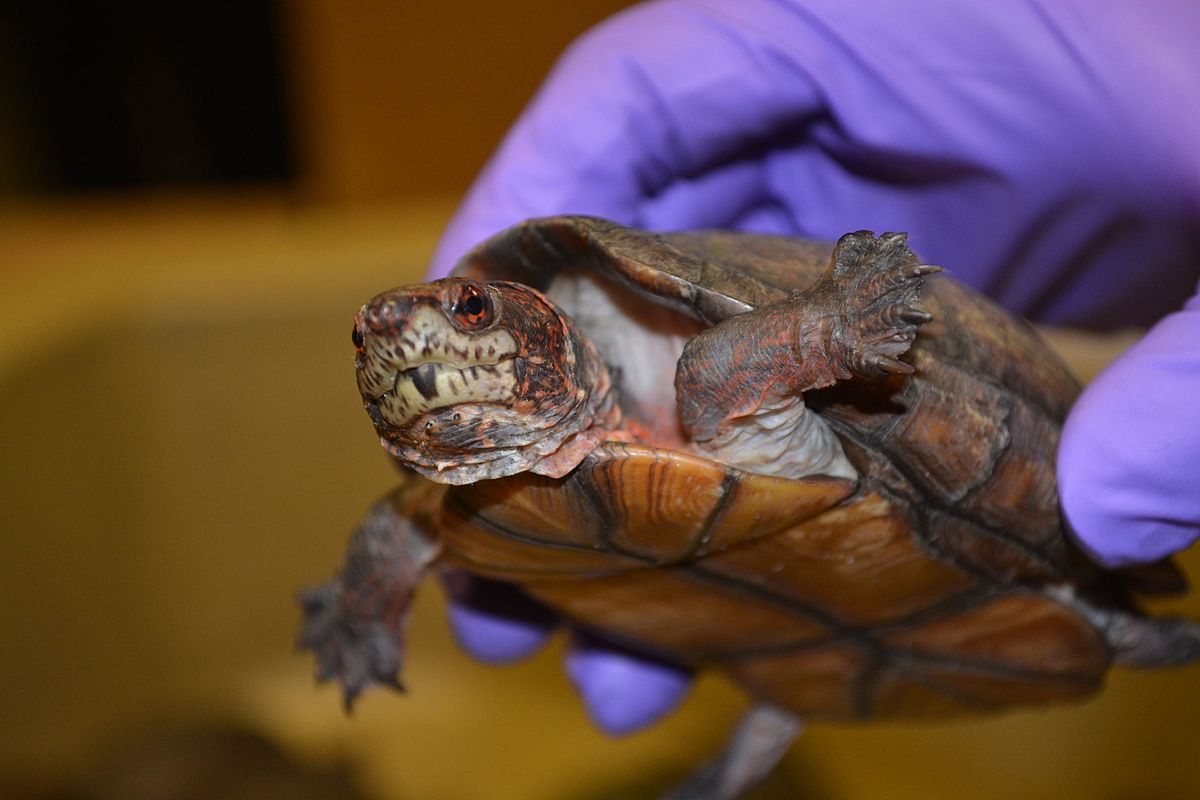

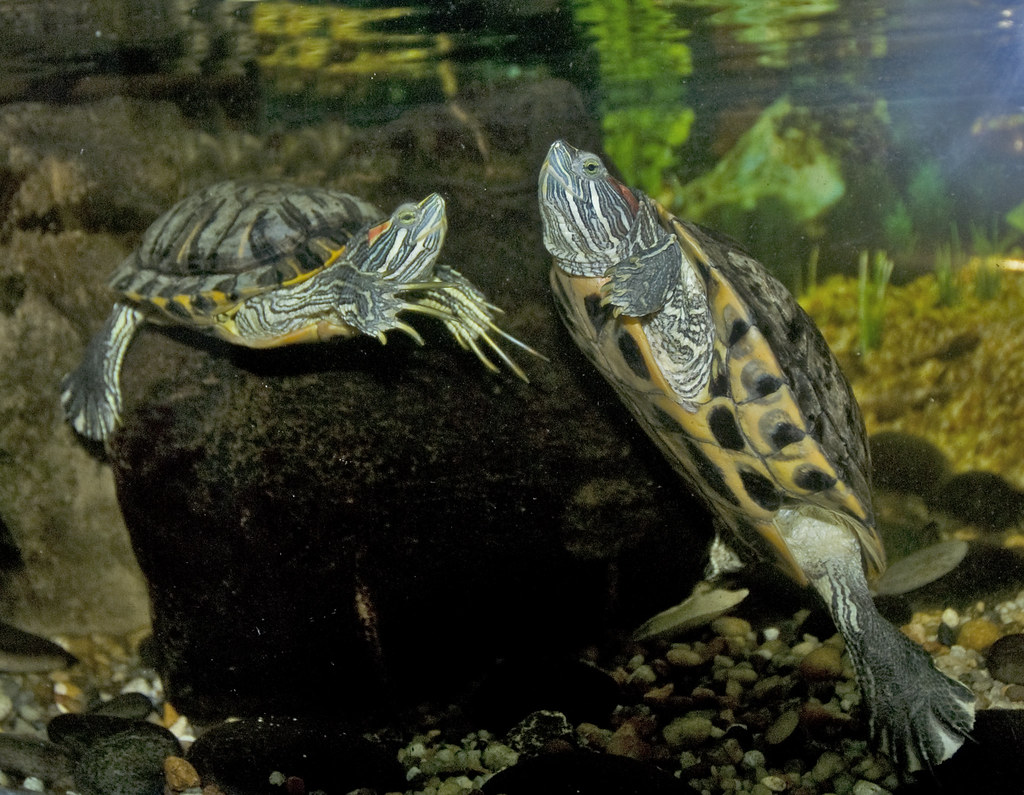




Leave a Reply